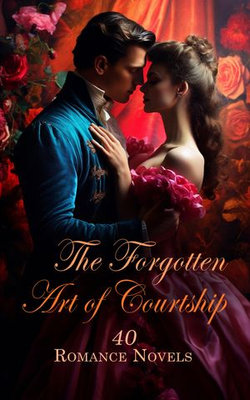Travel back to an era when the gentle flutter of a gloved hand and the subtle exchange of letters spoke louder than grand gestures. This timeless anthology brings together beloved tales from literary masters who have captured the essence of love in a simpler age. Pride and Prejudice, with Elizabeth Bennet's sharp wit and Mr. Darcy's stoic reserve, offers a sparkling portrayal of society's expectations clashing with the heart's desires. Sense and Sensibility showcases two sisters navigating romantic trials with dignity and grace. Meanwhile, Eugene Onegin reveals the power of unrequited feelings that unravel through elegant verse. In Jane Eyre, a governess's quiet strength stands firm against hidden secrets and unexpected passion, while The Count of Monte Cristo merges vengeance with a quiet longing for connection. The sweet innocence of Little Women follows four sisters blossoming into adulthood, experiencing loves both tender and tumultuous. Great Expectations charts the course of Pip's yearning for a distant affection, set against a tapestry of mystery. The Anne of Green Gables series enchants with its wholesome charm as Anne Shirley grows into womanhood, forging a bond that captures the essence of devotion. The Age of Innocence evokes refined rituals within the strict confines of upper-class society, hinting at the unspoken yearnings beneath polished exteriors. Middlemarch, a sweeping saga of intertwined destinies, delves into the ideals and hopes that shape human affection. Each story reflects a moment when earnest courtship was a delicate dance of whispered confessions and hopeful glances. Together, they compose an extraordinary reminder that true romance arises not from mere attraction, but from shared respect and empathy. Within these pages, readers will rediscover the power of genuine connection, experiencing again a world where hearts find harmony amid refined courtship and sweet sincerity. Embrace each chapter and rekindle the legacy of timeless love.



Share This eBook: